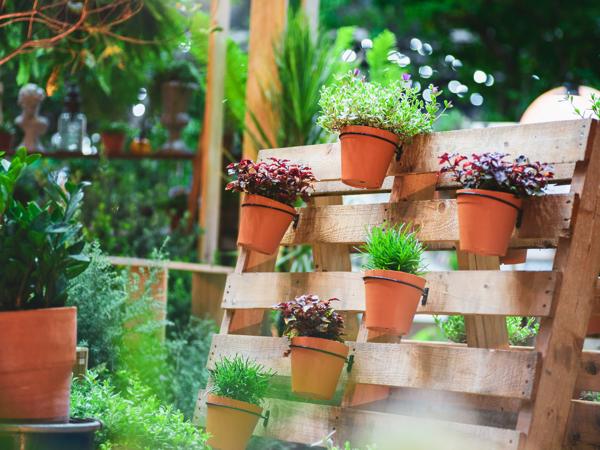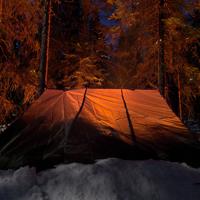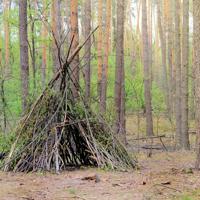Harnessing the power of wind isn’t just for large corporations or massive wind farms. With a bit of creativity and resourcefulness, you can create your DIY wind turbine right in your backyard. It’s an endeavor that marries the intrigue of engineering with the pursuit of sustainable living. Let’s explore how you might embark on this project.
Understanding Wind Energy
Wind energy is the process of converting wind flow into mechanical or electrical energy. The key component here is the wind turbine, which captures the wind’s kinetic energy and converts it into electricity. Wind turbines come in various shapes and sizes, but the basic principles remain the same.
DIY Wind Turbine Components
To start building a wind turbine, it’s crucial to understand its main components:
- Blades: Catch the wind and turn the rotor.
- Rotor: Moves with the blades and captures energy.
- Nacelle: Houses the rotor, generator, and gear box.
- Generator: Converts mechanical energy into electrical energy.
- Tower: Elevates the turbine above ground level to catch stronger winds.
- Base: Stabilizes the turbine.
Assembling Your Wind Turbine
Materials You’ll Need
- PVC pipes or wood for blades
- A DC motor for the generator
- A steel rod for the rotor shaft
- A sturdy tower (such as a steel pole)
- Fastening tools (nuts, bolts, clamps)
- Multimeter
- Battery or storage device for collected energy
Steps to Follow
1. Designing the Blades
To craft the blades, you might choose PVC pipes due to their simplicity and durability. Cut the pipes into sections to form three or more blades. Shape them with a slight curve to capture more wind effectively.
2. Assembling the Rotor and Nacelle
Attach the blades to a central hub, which can be crafted from wood or metal. Fix the hub onto the shaft of your DC motor. Ensure the attachment is secure and balanced to avoid vibrations.
Nacelles can be crafted from durable materials like wood or PVC to protect your motor. Shielding is crucial to protect the inner components from weather exposure.
3. Constructing the Tower
The height of the tower typically impacts the efficiency of your turbine. A simple design might be a tripod made from metal pipes. Ensure it’s securely anchored in the ground.
4. Wiring and Electronics
Use the multimeter to ensure correct electrical connections. Run wiring from your motor to your battery or any chosen storage device. A charge controller could also be useful to prevent battery overcharging.
Step-by-step Example
Imagine crafting a small-scale wind turbine. You start with a 3-inch PVC pipe, cutting it to fashion three 2-foot blades. The DC motor, a repurposed treadmill motor, provides a practical generator solution. For the tower, a 10-foot pole can be firmly mounted using concrete in the backyard.
Testing and Observation
Once assembled, it’s time to test your wind turbine. Placement is key; open areas with minimal obstructions are ideal. When the wind blows, observe if your blades spin smoothly and if your generator produces electrical charge.
Use a multimeter to check the voltage output. There might be smaller yields of electricity on calm days but noticeable outputs during windy spells.
Reflections and Learning
Building a DIY wind turbine is more than a project; it’s an exploration of renewable energy principles. You’ll face challenges - balancing blades, optimizing rotor positioning, and electrical wiring nuances. Each issue is a learning moment, advancing your understanding of both wind energy and engineering.
It’s an accessible endeavor that reflects the spirit of homesteading: self-reliance and ingenuity leading the way. While your homemade turbine might not power an entire home, it can certainly provide supplementary energy, lighting up pathways or powering small devices.
Further Reading and Resources
For those interested in a deeper dive into wind energy, websites like Energy.gov provide more detailed technical insights. Additionally, exploring DIY forums or books such as “Homebrew Wind Power” by Dan Bartmann offers guidance and community support.
Final Thoughts
Embarking on a DIY wind turbine project is a personal journey toward sustainable living. It’s a modest step in the broader context of renewable energy but one that can enrich your understanding and appreciation for the power of natural forces. Be patient, stay curious, and most importantly, enjoy the process of creation and exploration.




